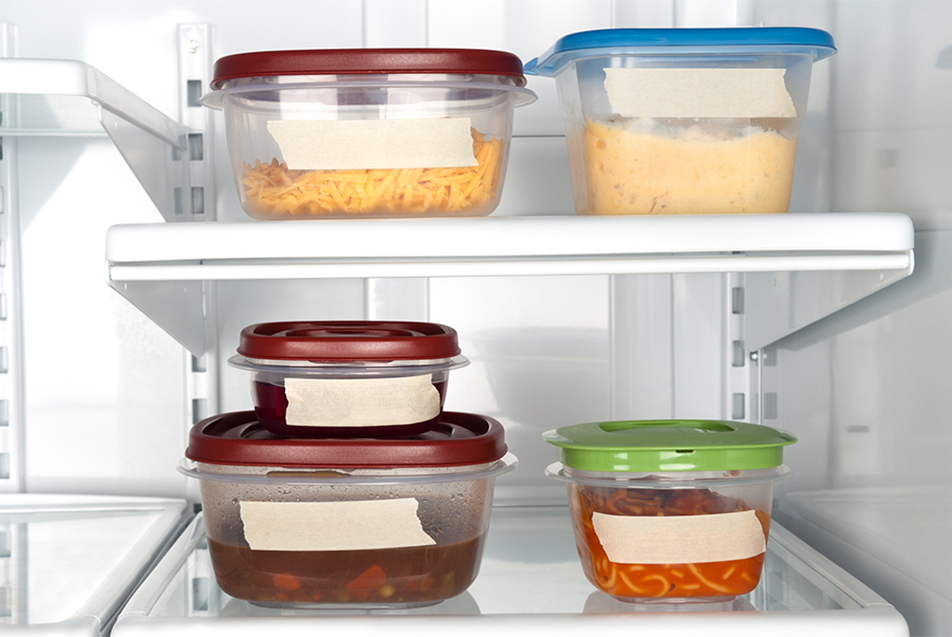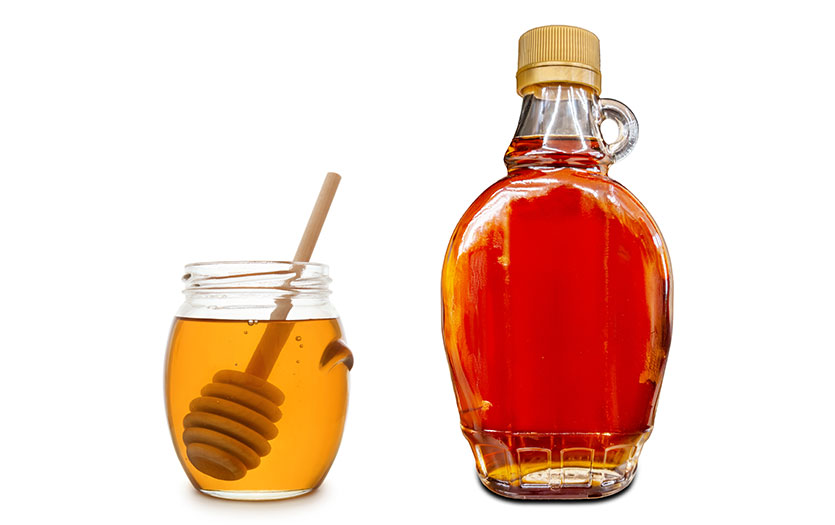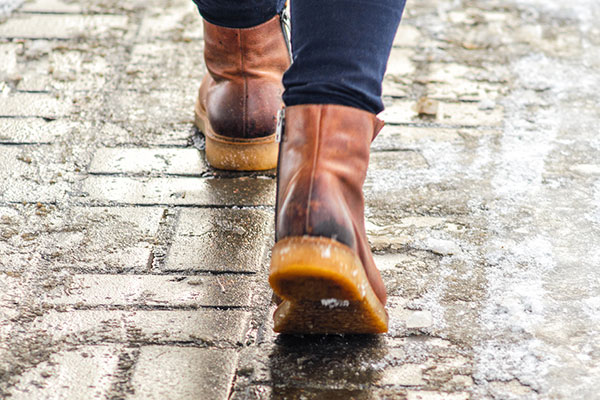As our calendars fill up with festive social engagements, the promise of impressive buffets and countertops crowded with temptations is pretty much guaranteed. But when it’s time for cleanup, should the remains of the spread stay, or should they go? We asked Adrianne Kartholl, RDN, CD, and Craig Stangland, Food and Nutrition Services, to educate us on safe food temperatures, shelf life and when it’s time to toss that cheeseball once and for all.
How long can food set out and still be saved to consume another day?
Adrianne: The danger zone for food is 40-140 degrees. Cold foods should always be kept cold, or below 40 degrees, and hot foods should always be kept above 140 degrees.
Craig: It’s not as much about time, as it is temperature. Food items can be in the “danger zone” (40.1° F to 139.9° F) for no more than 4 hours. While it may be safe within that 4-hour window, it is best to keep refrigerated items out for no longer than 2 hours and to not allow hot foods to fall below 140 degrees for more than 2 hours. If food should fall into that danger zone, it is imperative to get cold foods below 40° within 2 hours, or hot food back above 140° within 2 hours, or discard the item. When in doubt, don’t risk it, and discard the item.
How long after the party are leftovers still safe to consume?
Adrianne: If a food item is placed in a refrigerator within the 2-hour time period, it can be saved for up to a week. It is important that hot foods be reheated to an internal temperature of 165 degrees.
Craig: While you have up to 7 days, food quality can deteriorate much more rapidly. In general, a 3-5-day shelf life is acceptable. Remember that the calendar for shelf life days starts on the day it is prepared. If you make mashed potatoes on December 24 and then reheat them to serve on December 25 (remember to always reheat food to 165° F), and you wish to follow a 5-day shelf life, the potatoes should be discarded on or after December 28. (Day 1 = 24, Day 2 = 25, Day 3 = 26, Day 4 = 27, Day 5 = 28).
Any tips for keeping food safe while it sits out?
Adrianne: For serving foods, I recommend that all food items, even finger foods have utensils for serving. Also, for cold items, place your serving dishes in the freezer prior to plating, which will help keep the food items at a colder temperature for serving. If you have an oven safe dish, you can always heat the dish prior to plating to help keep hot foods hot.
Craig: The best tips for keeping food safe while it sits out are simple. Keep hot foods hot, keep cold foods cold. Use Crock-Pots® or the stovetop to keep hot foods above 140 degrees and use ice baths to keep cold foods below 40 degrees. Limit the time items sit out. Even items that people think “are safe” because they have no dairy or eggs – potatoes, for example – can still quickly produce bacteria and toxins, as it is the proteins in items that cause spoilage. In reality, to use the utmost caution in regards to food safety, assume all prepared items, once the package is opened, need to be temperature controlled.
What are some signs food should be thrown away?
Adrianne: My guideline is, “If in doubt, throw it out!” Always discard if you can’t ensure the 2-hour rule has been followed or the smell or appearance of the dish is off.
Craig: Beyond the telltale signs (mold, discoloration, odor) that food may be spoiled, it is best to play it safe. If you are not sure whether or not an item was properly cooked and/or cooled and/or stored, toss it out. There are a lot of old wives’ tales such as “just cut the mold off the cheese” or “it’s just extra penicillin!” that can really make some people sick. If you have anyone that has a compromised immune system (elders, children, disease), don’t risk it!
Any other pointers?
Craig: For thawing instruction, minimum internal cooking temperatures, cooling instructions and information about cross-contamination, visit http:www.foodsafety.gov.




